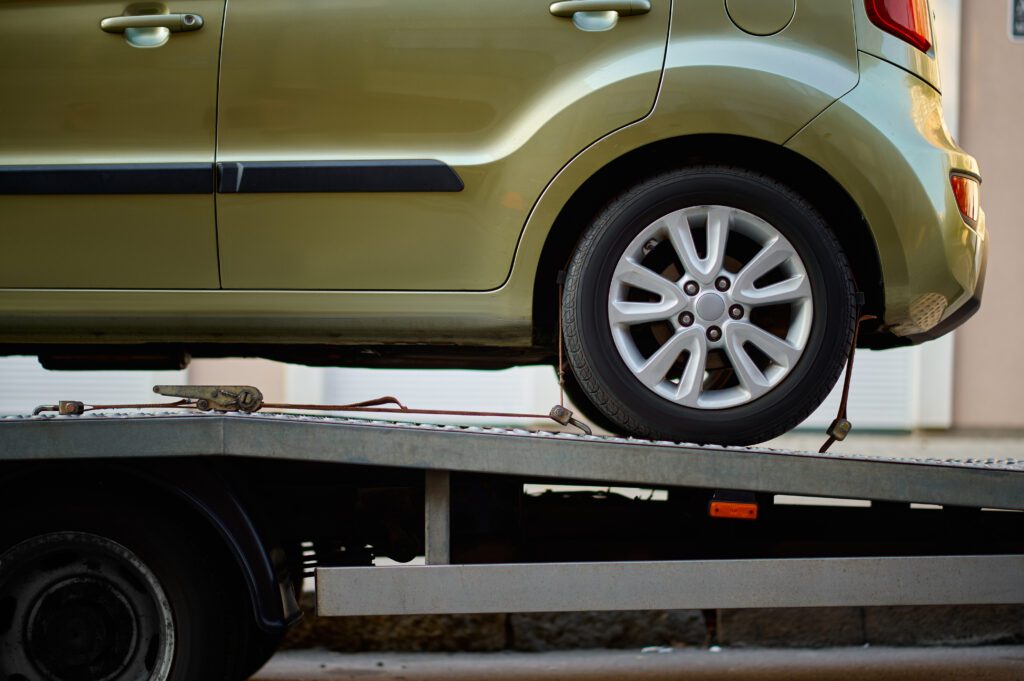
Texas Winching And Recovery – G-Man Towing
Have you ever been in a sticky spot with your ride? You know how important it is to have a way out. That’s where Texas winching and recovery comes in. Imagine cruising down a lonely Texas road, enjoying the view, and then, bam! Your wheels spin, and you’re stuck. It can happen to anyone. That’s when “Texas winching and recovery” becomes your hero.
So, why is Texas winching and recovery so important? It’s about getting you back on the road quickly and safely. If you’re stuck in mud, snow, sand, or on a steep hill, having the right gear and knowing what to do can save the day. In this blog, we’ll dig into the world of winching and recovery, but first, let’s chat about why it’s vital when you’re stuck.
The Lone Star Struggle: When Your Vehicle Gets Stuck
Texas has some diverse and sometimes tricky landscapes. Texan drivers can face challenges from sandy spots along the Gulf Coast to rough terrain in the Hill Country, and unpredictable weather. Imagine being out on a Hill Country adventure. You’re on a dirt path, enjoying the views, and suddenly, your tires get stuck in muddy ground. Or you may be driving in a West Texas desert, and your vehicle starts sinking in the soft sand. These situations happen, and that’s where the Lone Star Struggle begins.
Now, you might wonder, Why should I care about Texas winching and recovery? It’s all about being ready for surprises and taking control of your situation. When you’re far from help, waiting for a tow truck isn’t quick or easy. It lets you face these challenges head-on. With the right gear and know-how, you can regain control and hit the road again. Whether it’s mud, sand, or a steep slope, winching helps you out.
The Texas Winching and Recovery Arsenal: Essential Gear and Tools
In this segment, we’ll talk about the gear and tools you need to handle the wild Texas terrain.
Winch – Your Hero Tool
First off, meet the star of the show: the winch. It’s like your trusty lasso to pull your vehicle out of sticky situations. Make sure it’s strong and can handle the toughest Texas challenges.
Cable or Rope
Next, you’ll need something to connect your winch to your vehicle. You’ve got two choices: steel cable or synthetic rope. Steel is tough, while synthetic is lighter and safer to handle. Choose the option that aligns with your requirements.
D-Rings and Shackles
These little buddies help you secure your cable or rope to your vehicle. They come in different sizes and shapes, so have a variety on hand. They’re like the knots in your lasso, ensuring things stay put.
Straps for Trees and Towing
You should anchor your winch to a tree out in the wild. Tree-saver straps protect both the tree and your gear. Tow straps help pull your vehicle to safety when no trees are around. These are like your helpful sidekicks.
Safety Gear
Safety comes first! Use a winch line dampener to stay safe if the cable or rope breaks. And remember sturdy gloves to protect your hands while working. Safety gear is like your trusty armor on this winching journey.
Recovery Boards
Texas can surprise you with soft sand or mud. This recovery solution, like Maxtrax or TRED, gives your tires the grip they need to get unstuck. They’re like your reliable boots in the mud.
Winch Accessories and Tools
Last but not least, the extras make a big difference. Your winch accessory kit should have a snatch block to boost your winch’s power, a winch line damper blanket, and a basic tool kit for any unexpected fixes.
Texas Winching and Recovery Techniques: Step-by-Step Guide
Now that we’ve covered the essential gear and tools, it’s time to roll up our sleeves and get into the heart of Texas winching and recovery. This step-by-step guide will walk you through the process while keeping safety front and center.
Step 1: Assess the Situation
Before diving in, look at your stuck vehicle and the terrain. Is it mud, sand, or a steep slope? Understanding the situation is like having a map; it guides your next moves.
Step 2: Secure Anchor Points
Find solid anchor points for your winch line, like sturdy trees or recovery points on another vehicle. Attach the winch cable or rope securely using your D-rings and shackles. This step is like tying a strong knot.
Step 3: Set Up the Winch
Make sure your winch is ready to go. Double-check that it’s powered on and set to pull. Think of this as gearing up your superhero.
Step 4: Tension the Winch Line
Slowly engage the winch while keeping tension on the winch line. Imagine this as gently pulling in a fishing line. The objective is to maintain a consistent state.
Step 5: Keep It Straight
Guide the winch cable or rope so it spools evenly onto the winch drum. A crooked line can cause trouble like a fishing line getting tangled.
Step 6: Winch Slow and Steady
Start winching your vehicle out slowly and steadily. Avoid jerky movements, like gently reeling in a big fish. This keeps everything under control.
Step 7: Watch for Resistance
Pay close attention to your vehicle’s movement. If it encounters resistance or the winch struggles, stop immediately. Safety first! It’s like stopping if your fishing line gets caught on a branch.
Step 8: Adjust and Repeat
If needed, adjust your anchor points and repeat the winching process. Think of it as repositioning to get the best angle for catching that big fish.
Step 9: Secure Your Vehicle
Once your vehicle is back on solid ground, ensure it’s secure and safe before detaching the winch. This is like ensuring your fish is securely on the hook before celebrating your catch.
Step 10: Disconnect and Stow
Carefully release the winch line, disconnect everything, and stow your gear. Just like putting away your fishing gear after a successful day on the water.
Preventing Getting Stuck in The Future
Let’s discuss something important: how to avoid getting stuck out there. It’s the best way to avoid needing Texas winching and recovery. So, we’ll give you some smart tips to avoid it in the future.
Get to Know the Land
Texas has all kinds of land, and it can be tricky. Before you set off, learn about the land where you’re going. Is it muddy, sandy, or something else? Knowing helps you stay ready.
Keep an Eye on the Weather
Texas weather can be wild. Check the forecast, especially if you need help. Rain can turn roads into mud, and hot days can make sand a mess. Knowing what’s coming helps you get ready.
Take Care of Your Ride
Keep your vehicle in good shape. Check your tires, brakes, and engine before you go. A healthy vehicle is a happy one.
Pack the Right Stuff
Bring useful gear, like recovery boards, tow straps, and basic tools. These can help you out of small problems without needing a full “Texas winching and recovery” rescue.
Travel with a Pal
If you can, travel with a friend. Two vehicles and extra hands can save the day if you run into trouble.
Plan Your Trip
Plan your trip carefully, especially if you’re far from help or places without cell service. Inform someone of your destination and the expected time of your return. Planning is like leaving breadcrumbs to find your way home.
Conclusion: Embrace the Challenge, Conquer the Texas Terrain
We have learned much about Texas winching and recovery. Remember the gear and steps we discussed, and stay safe out there. Texas is big and beautiful, with all kinds of land to explore. So, don’t shy away from a challenge. Embrace it, and you’ll easily conquer the Lone Star State’s terrain.
When the going gets tough on those Texas roads, and you need a helping hand for Texas winching and recovery or any recovery situation, remember G-Man Towing is just a call away, 24/7.
Don’t hesitate – reach out to the pros and get back on your Texas adventure in no time!
Related blogs:
Local Tow Company: Swift Service, Strong Community Support
Towing Myths Debunked: The Truth about Safe Towing Practices
24 Hour Tow Services: Going Beyond Business Hours for You
Hidden Risks of Improper Towing: Why Pro Tow Service Matters
Find the Best Towing Service: Roadside Rescue Guide

